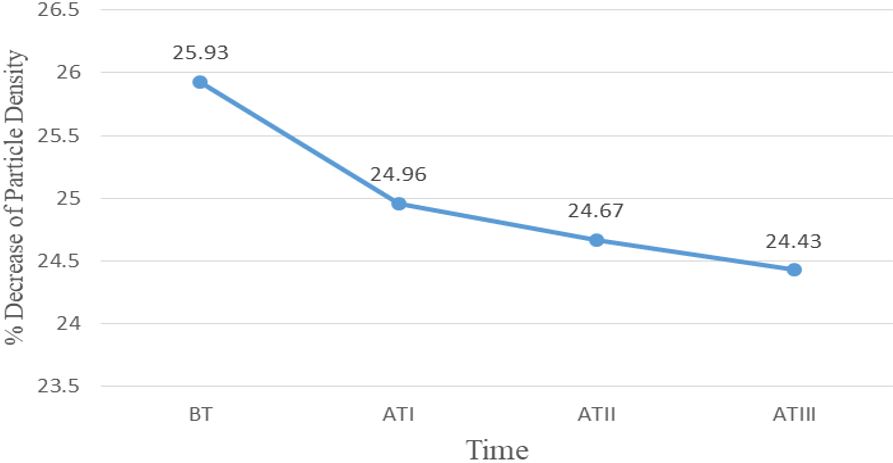An analytical study on the efficacy of Anantadi Yoga in purifying contaminated soil and enhancing soil quality with special reference to physical parameters
DOI:
https://doi.org/10.21760/jaims.10.3.16Keywords:
Anantadi Yoga, Soil texture, Bulk density, Particle density, Soil remediationAbstract
Soil contamination affects agricultural productivity and environmental sustainability, necessitating effective remediation methods. This study evaluates the efficacy of Anantadi Yoga, an Ayurvedic formulation from the Sushruta Samhita, in improving the physical properties of contaminated soil (Vishadushita Bhoomi). Ten soil samples were collected from agricultural and industrial areas in Himachal Pradesh and analyzed for physical parameters, including soil texture, bulk density, and particle density. Anantadi Yoga was applied to the samples, and changes in these parameters were monitored at 24, 36, and 72-hour intervals. The treatment resulted in noticeable improvements in soil structure, with changes in bulk density and particle density indicating enhanced aeration and porosity. These modifications suggest a potential role of Anantadi Yoga in restoring soil physical health. The findings support the potential of Anantadi Yoga in improving soil physical properties, which could contribute to better soil fertility and sustainability. Further research is recommended to explore its long-term impact on soil structure and its applicability in diverse soil conditions.
Downloads
References
Brady NC, Weil RR. The Nature and Properties of Soils. 14th ed. Upper Saddle River (NJ): Prentice Hall; 2008.
Nriagu JO. A history of global metal pollution. Science. 1996;272(5259):223–4.
Kabata-Pendias A, Pendias H. Trace Elements in Soils and Plants. 4th ed. Boca Raton (FL): CRC Press; 2011.
Pimentel D, Burgess M. Soil erosion threatens food production. Agriculture. 2013;3(3):443–63.
Lal R. Soil degradation as a reason for inadequate human nutrition. Food Security. 2009;1:45–57.
Alavanja MCR, Hoppin JA, Kamel F. Health effects of chronic pesticide exposure: Cancer and neurotoxicity. Ann Rev Public Health. 2004;25:155–97.
Grandjean P, Landrigan PJ. Neurobehavioural effects of developmental toxicity. Lancet Neurol. 2014;13(3):330–8.
Rawls WJ, Brakensiek DL, Saxton KE. Estimating soil water properties. In: Hydraulic Properties of Soil and Crops. Madison: Soil Science Society of America; 1982. p. 213–34.
Brady NC, Weil RR. The Nature and Properties of Soils. 15th ed. Upper Saddle River: Pearson; 2016. p. 230–2.
Hillel D. Soil Physics. 2nd ed. San Diego: Academic Press; 2004. p. 45–7.
Black CA, editor. Methods of Soil Analysis. Part I: Physical and Mineralogical Methods. Madison (WI): American Society of Agronomy; 1965. p. 374–90.
Black CA, editor. Methods of Soil Analysis. Part I: Physical and Mineralogical Methods. Madison (WI): American Society of Agronomy; 1965. p. 374–90.
Rawls WJ, Brakensiek DL, Saxton KE. Estimating soil water properties. In: Hydraulic Properties of Soil and Crops. Madison: Soil Science Society of America; 1982. p. 213–34.















